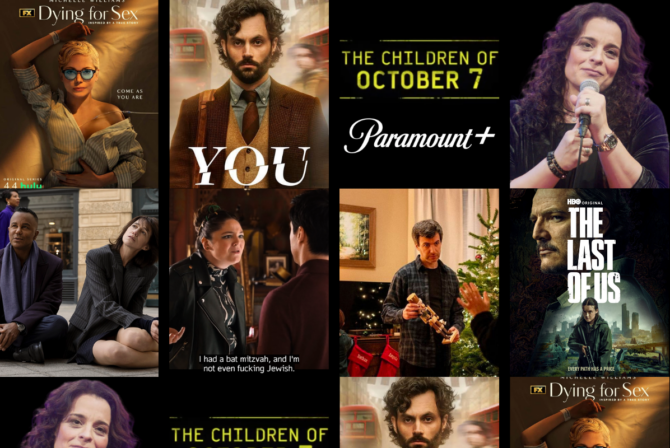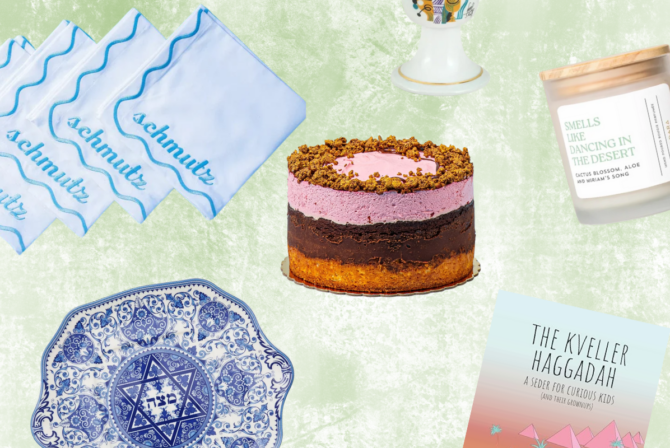I first experienced the nightmare parents call the Witching Hour one snowy Boston winter, when I was stuck inside the house with my infant son for months. Right around 6 p.m., he would become fussy and impossible to soothe, and I spent each night desperately waiting for my husband to get home so I could put him down for even a minute.
Now, I’m in what my friend Julia calls the “maintenance years.” With a 3-, 7-, and 8-year-old, I’m still wiping butts, and now I’m applying Neosporin, fetching snacks, and tracking their learning (while keeping them alive). But I’m still experiencing my own witching hour: a migraine that builds around 3 p.m. and crests at 6 p.m., when I finish work and start parenting again.
Almost 5 million people in the U.S. experience at least one migraine attack per month, while more than 11 million people blame migraines for causing moderate to severe disability. Migraines occur most often in women. (Some 18 percent of women have them compared to 6 percent of men.) Many of us must parent while in pain.
I know my triggers. My migraines come from staring at my iPhone too long, overhead fluorescent lights, scrolling a lot on my desktop, or clenching my jaw and shoulders, which I do when I am stressed. I tried Botox, chiropractic adjustments, dry needling, massage, physical therapy, hormone tests, ENT consults, and neurological exams. But for years, the intense pain and nausea could only be relieved by muscle relaxants, whisky, a heating pad, an ice pack, and a quiet, dark room. And quiet, dark room is not a practical solution when you’re, you know, parenting three kids. Not to mention, my fuse is probably shorter and my temper quicker to erupt.
So what would I do? Frankly, they watched a lot more TV than I intended. Or on a good day, we practiced what I called “being alone together” — “quiet reading” in which we all get into our jammies, I lie on my heating pad and they lie next to me, reading or looking at a book. No talking is allowed (this never works). Over the years, it’s become one of our favorite activities, one they actually ask for (migraine or no).
In short, I end up parenting a lot more like the laissez-faire 80’s model I grew up with. Hardly Valley of the Dolls, but not helicoptering either. And that’s the funny thing: I like the routine we’ve created, even though I created it out of desperation. The kids like to sit and look at books — and as for the TV, well, it never killed anyone.
After almost five years of seeking a solution, it took a skilled dentist and an expensive plastic retainer to get my migraines under control. That, and a pain-in-the-ass regimen of exercise, stretching, physical therapy, and stress mediation techniques. Years and years of jaw-clenching have caused permanent trauma, and if I go off the regimen, the pain comes back.
But my worry was that I still craved that one drink at the end of the day, like a Pavlovian release — and my muscle relaxants, too. They had become the only things that calmed me down until the pain went away. Unfortunately, they left me tired, muddled, and completely unable to hang out with my kids.
So I had to make some parenting decisions. I also needed to relax. I quit the day-end drink, and am trying to incorporate movement into the end of the day instead. As my kids get older and are less eager to get into jammies and more likely to head out to an activity, this will be a new opportunity and a new challenge. We can work out together, have a dance party (it works for the musculoskeletal migraines, I swear) or even do circuits in the living room. The challenge will be if I do have a migraine and have to supervise Scouts. I’ll let you know how it goes.







